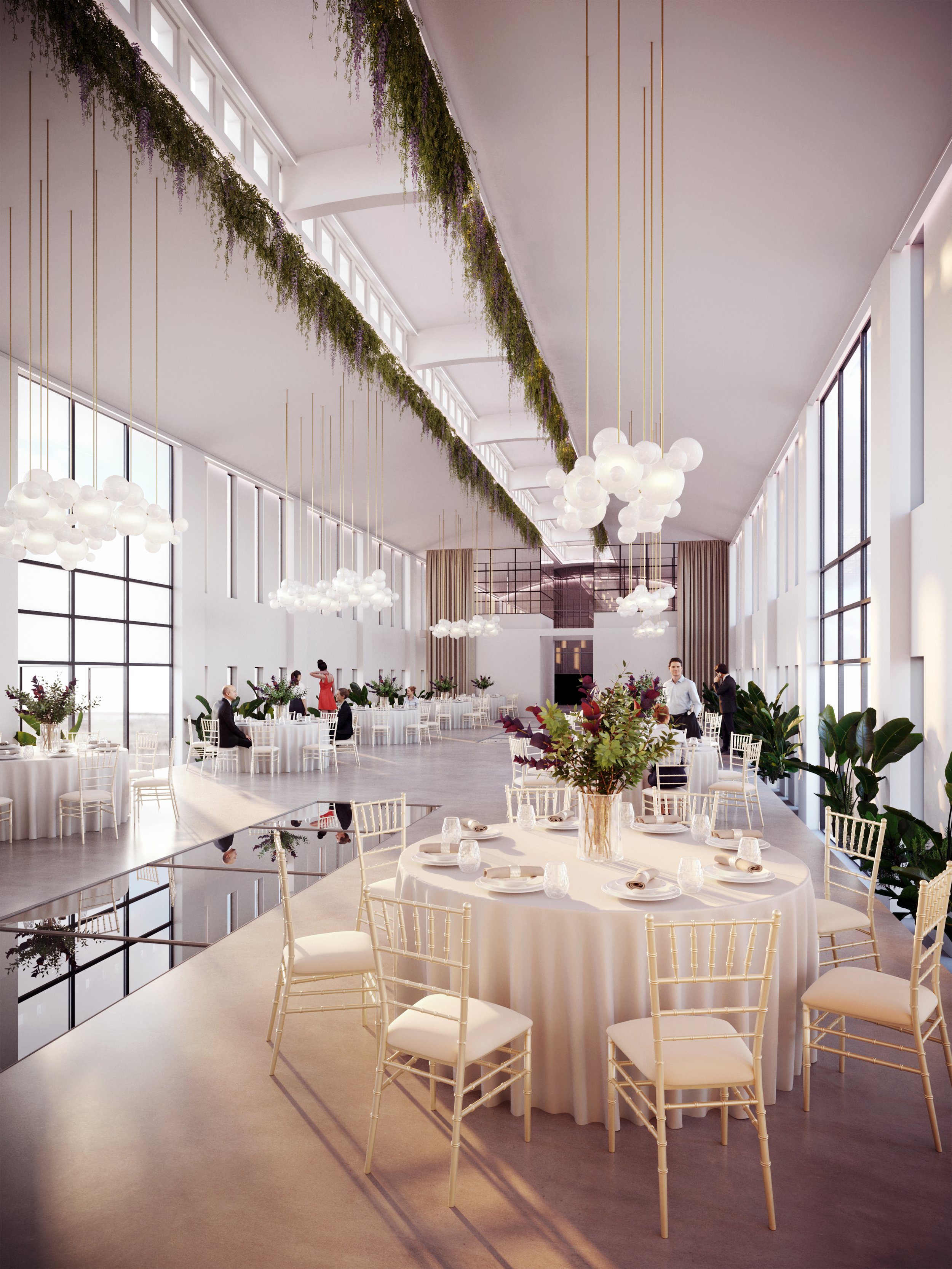
Winery Hacienda San José Buenavista
Background
The history of wine in Querétaro dates back to the evangelization of New Spain and it is from the small productions of Franciscan vineyards, which plant Spanish vines for ecclesiastical use, that the production of vines spread in the Bajío. One of the areas most benefited by this production is Querétaro, and in particular the Sierra Gorda, since Fray Junípero Serra planted vines around the monasteries he founded for consumption, and the climate of the territory provided the opportunity to start the grape harvest. At that time, wine, in addition to quenching thirst (it was safer than drinking water), was used for medicinal purposes and as a restorative. The missionaries decided that a long-term solution to ensure a constant supply of wine was to plant vines around the missions and produce the liturgical wine themselves so as not to depend on Spain (Sanz, 2015). It should be noted that the coat of arms granted to the city of Querétaro in 1655 has in the lower right part the symbol of the vine, which is still preserved. Some of the missions founded by the Franciscans in colonial times also have the plant with its fruit clusters on their facades.
Camargo Francisco, Mapa Geográfico de Querétaro, 1840
Casa Martell
In 1961 André Martell arrived in Tequisquiapan where he founded the Sofimar Wine Company at the Hacienda San José Buenavista; Sofimar produced Lorimont, Clos San José wines (which were originally called Primor de Siglo and later Clos San José. In terms of quality, Clos San José was their high-end wine) and Chantillon in red, rosé and white types. They also produced their Cheverny brandy, and they marketed very good quality cava under the Domaine San José label, under the Clos de Clos and Grand Marnier orange ribbon brand; all distilled from wine. (Rooms, 2017)
Sofimar's production capacity was 2,000 tons per year and a milling capacity of 500 tons. Between 1979 and 1982, Sofimar processed 37,895 tons of wine (Trujillo, 1985). The most used varieties at that time were for red wine – Cardenal, white wine – Ugno Blanc, Chenin Blanc and Sauvignon Blanc, rosé wine – Marlot, Brandy (two classes) Cabernet Sauvignon and for cognac – Grenache. Great personalities have passed through this house, such as the winemaker Hugo D'Acosta (1958), founder of Casa de Piedra, from the San Vicente and Guadalupe Valleys in Baja California, who, returning from France in the eighties, worked for Casa Martell in Tequisquiapan.
Special mention should be made of the construction of the vineyard by one of the most important modernist architects of the 20th century, Arch. Vladmir Kaspé, who designed his store on Av. Insurgentes Sur for the Martell firm and the winery that is located next to the hull. former Hacienda San José Buenavista. With modern lines and solid forms, Kaspé sought the functionality of the project through production techniques where everything was done by gravity inside a large white ship that encompasses the entire view of Tortuga and the Tequisquiapan Valley. The wine cellar and cava were in the back, where there was the necessary space for bottling surrounded by strong walls of stone from the hill, coming from the same place. Hacienda San José Buenavista is a historical benchmark for wine production in the Bajío and its new production will be received with great anticipation by the different wine houses nationwide.
Vinícola San José, Vladimir Kaspé, 1962 / Photograph from the book “Vladimir Kaspé, Reflection and Commitment” by Louise Noelle, La Salle University, 1995
Vinícola San José, Vladimir Kaspé, 1962 / Photograph from the book “Vladimir Kaspé, Reflection and Commitment” by Louise Noelle, La Salle University, 1995
The project that we present below was developed at the request of the owners of Hacienda San José Buenavista, to transform the Hacienda from its current state - a dairy farm - to the winery that previously existed. The master plan proposal is based on the investigation of the environment to trigger the visits of wine lovers, recovering the architecture of the Mtro Vladimir Kaspé.
Click on the following title to enter the 360º presentation:
Winery Hacienda San José Buenavista
Winery Access
Fermentation cylinders
Events Hall
Events Hall
Wine Garden
Hotel Boutique









